How to Determine Limits Involving Floor and Absolute Value Functions
[include_netrun_products_block from-products="product/6-south-carolina-sc-ready-grade-3-math-practice-tests/" product-list-class="bundle-products float-left" product-item-class="float-left" product-item-image-container-class="p-0 float-left" product-item-image-container-size="col-2" product-item-image-container-custom-style="" product-item-container-size="" product-item-add-to-cart-class="btn-accent btn-purchase-ajax" product-item-button-custom-url="{{url}}/?ajax-add-to-cart={{id}}" product-item-button-custom-url-if-not-salable="{{productUrl}} product-item-container-class="" product-item-element-order="image,title,purchase,price" product-item-title-size="" product-item-title-wrapper-size="col-10" product-item-title-tag="h3" product-item-title-class="mt-0" product-item-title-wrapper-class="float-left pr-0" product-item-price-size="" product-item-purchase-size="" product-item-purchase-wrapper-size="" product-item-price-wrapper-class="pr-0 float-left" product-item-price-wrapper-size="col-10" product-item-read-more-text="" product-item-add-to-cart-text="" product-item-add-to-cart-custom-attribute="title='Purchase this book with single click'" product-item-thumbnail-size="290-380" show-details="false" show-excerpt="false" paginate="false" lazy-load="true"]
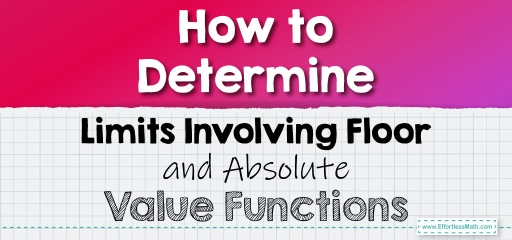
Step-by-Step Guide to Determine Limits Involving Floor and Absolute Value Functions
Here is a step-by-step guide to determining limits involving floor and absolute value functions: For additional educational resources,.
Step 1: Understand the Behavior of Floor and Absolute Value Functions
The floor function, denoted by \(⌊x⌋\), can cause abrupt changes in function value at integer points. Meanwhile, the absolute value function, \(∣x∣\), introduces a kink in the graph at \(x=0\), changing from \(x\) to \(−x\) as one crosses from positive to negative values. Acknowledge that these points of discontinuity and abrupt change are where we must scrutinize the limit closely. For additional educational resources,.
Step 2: Isolate the Floor and Absolute Value Components
Start by identifying the intervals on which the floor and absolute value functions are continuous and differentiable. This usually means dividing the domain of the function into segments based on integer values for the floor function and positive and negative regions for the absolute value function. For additional educational resources,.
Step 3: Piecewise Analysis
Break down the function into piecewise components. For the floor function, evaluate the limit at points just to the left and just to the right of each integer point. For the absolute value function, assess the behavior as the function approaches zero from both directions. For additional educational resources,.
Step 4: Apply Limit Definitions
Apply the definition of the limit to each piece. For the absolute value, remember that \(∣x∣=x\) if \(x≥0\) and \(∣x∣=−x\) if \(x<0\). For the floor function, consider the integer part and the fractional part of \(x\) separately. For additional educational resources,.
Step 5: Consider One-Sided Limits
One-sided limits are essential when dealing with floor and absolute value functions. Evaluate \(lim_{x→c^−}\) and \(lim_{x→c^+}\) where \(c\) is a point of interest (like an integer for the floor function or zero for the absolute value function). If these one-sided limits do not match, the two-sided limit does not exist. For additional educational resources,.
Step 6: Apply Limits to Each Piecewise Segment
Evaluate the limits for each segment individually. Ensure to consider the impact of the floor and absolute value operations within each interval. Use algebraic manipulation to simplify expressions where possible. For additional educational resources,.
Step 7: Reconcile Piecewise Limits
Once you have the one-sided limits, reconcile them to determine if a two-sided limit exists. If the limits from the left and right do not agree, the overall limit does not exist. For additional educational resources,.
Step 8: Check for Continuity and Differentiability
For locations where the floor or absolute value function changes, assess continuity and differentiability. The limit will exist at a point only if the function is continuous at that point. For additional educational resources,.
Step 9: Handling a Combination of Functions
If the floor or absolute value function is combined with other functions, assess the impact on the limit separately. Sometimes it may be necessary to apply the limit laws in combination with the piecewise evaluation. For additional educational resources,.
Step 10: Visual Verification with Graphs
Graphing the function can provide a visual aid and verification for the analytical findings. The visual approach can be particularly helpful in identifying the behavior of the function around critical points. For additional educational resources,.
Final Word:
The evaluation of limits involving floor and absolute value functions hinges on recognizing and appropriately addressing the piecewise nature of these functions. By isolating these components and meticulously analyzing their behavior across the domain, the evaluation of such limits progresses from piecewise to holistic, resulting in a comprehensive understanding of the function’s limiting behavior.
Related to This Article
More math articles
- How to Solve Finite Geometric Series? (+FREE Worksheet!)
- Ease Your Integration: The Partial Fractions Technique
- How to Multiply Matrix? (+FREE Worksheet!)
- 4th Grade WY-TOPP Math Worksheets: FREE & Printable
- Top 10 Free Websites for ACCUPLACER Math Preparation
- 3rd Grade OST Math FREE Sample Practice Questions
- 10 Most Common SHSAT Math Questions
- Geometry Puzzle – Challenge 75
- Meet the Key Reasons to Start Learning Math Now
- Other Topics Puzzle – Challenge 94



















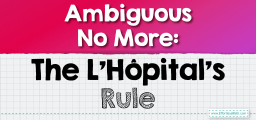

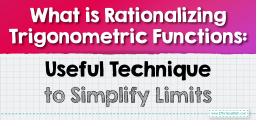
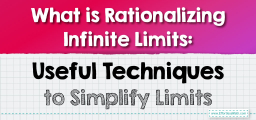
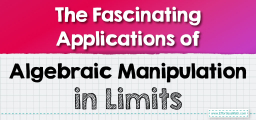



What people say about "How to Determine Limits Involving Floor and Absolute Value Functions - Effortless Math: We Help Students Learn to LOVE Mathematics"?
No one replied yet.